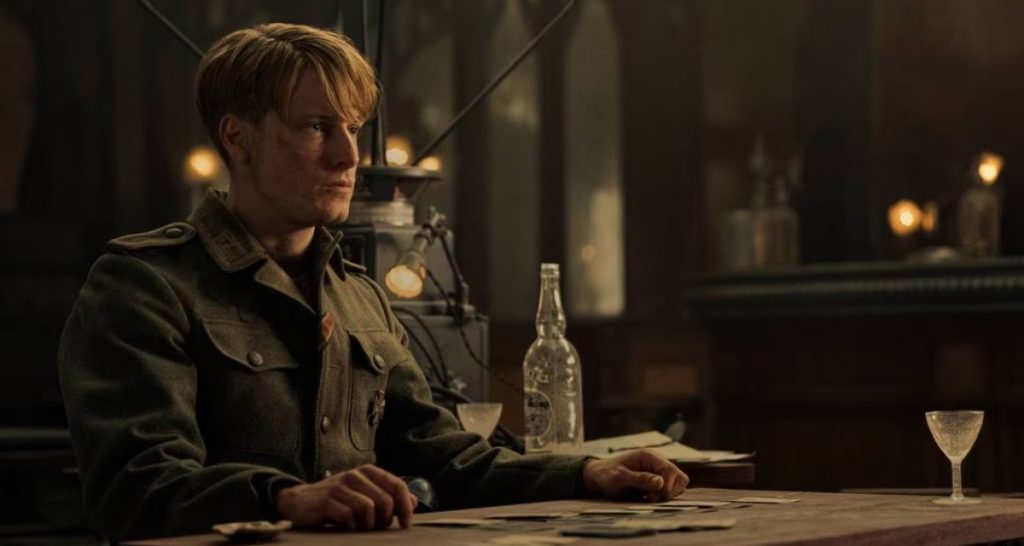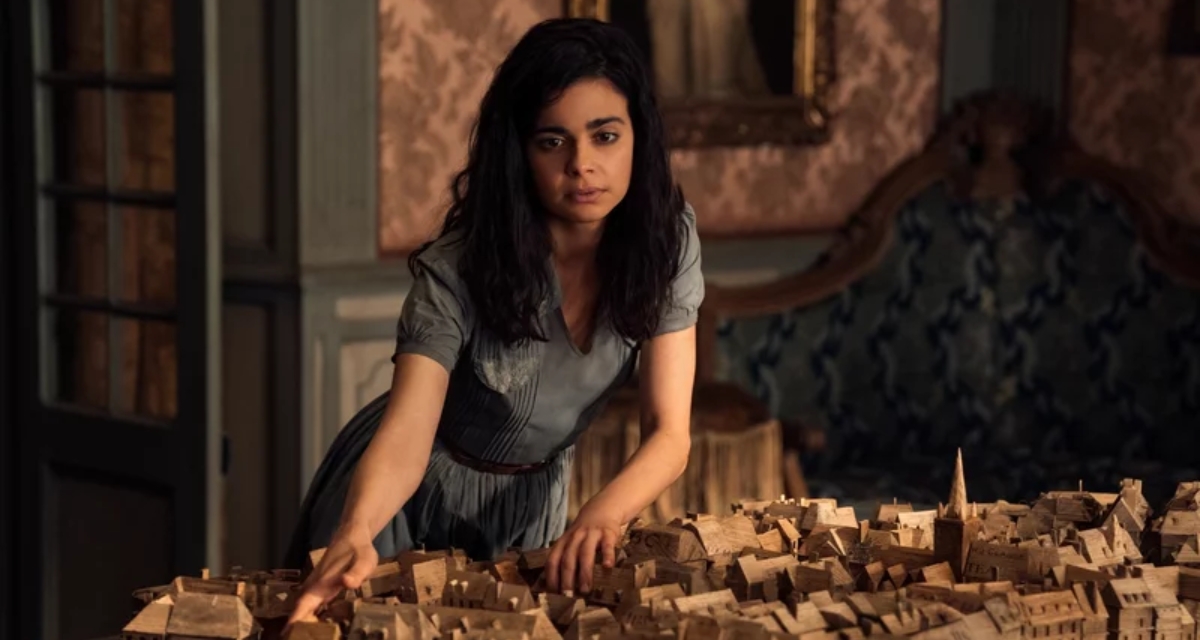In the clutter of wartime dramas and historical narratives, Netflix’s new miniseries “All the Light We Cannot See” emerges as a beacon of hope against the backdrop of World War II’s desolation. Inspired by Anthony Doerr’s Pulitzer Prize-winning novel, the miniseries is a tapestry woven with threads of hope, innocence, and the complex web of human connections during one of history’s darkest hours.

The narrative follows the parallel lives of a blind French girl, Marie-Laure (Aria Mia Loberti), and a German boy, Werner (Louis Hofmann), whose expertise with radios leads him down a path enshrouded by Nazi influence. Despite the chaos swirling around them, it’s through the airwaves that their destinies intertwine, offering a semblance of solace and companionship amidst the tumult of war.
The story of “All the Light We Cannot See” unfolds across time, illustrating not only the chronological journey of the characters but also the enduring nature of hope. From the streets of Paris to the coastal enclave of Saint-Malo, Marie-Laure’s odyssey with her father, portrayed by the versatile Mark Ruffalo, converges with Werner’s as they both navigate the treacherous landscape of a world at war.
At the heart of this miniseries is not only the profound narrative but the groundbreaking performance of Aria Mia Loberti, a legally blind actress embodying Marie-Laure with such captivating grace that viewers may forget this is her first professional role. This casting choice is not merely reflective of authentic representation but underscores the show creators’ commitment to discovering untapped talent who bring genuineness to their characters.
However, this adaptation is not without its missteps. Critics point out the miniseries’ struggle with pacing and the challenge of translating the book’s depth within the confines of a four-hour screen time. Time jumps that fluidly danced through the pages of Doerr’s novel create a stuttered rhythm on screen, leading to a viewing experience that sometimes feels disjointed.
While the storyline’s potential to delve into the complexities of each character’s psyche is somewhat curtailed, the show’s aesthetic elements—cinematic lighting and the brooding backdrop of a Nazi-occupied town—are commendable. Yet, the beauty of the setting and the luminosity of the performances can only partly distract from the narrative’s occasional loss of coherence.
Despite these narrative hiccups, “All the Light We Cannot See” stands as a poignant exploration of the human spirit. The show may tread on familiar ground with its World War II setting, but it strives to shine a light on the often-overlooked corners of humanity—on the courage found in unlikely places, and the hope that guides us through the darkest times.
The characters in the novel are one-dimensional, which is sure to disappoint fans. Furthermore, even though Pfennig seems to despise being a Nazi, there are moments when it’s hard to see him sympathetically.
The miniseries is an invitation to remember that within the annals of history, there are stories of individual resilience that echo louder than the cacophony of war—a timely reminder that sometimes, the most profound truths are found in ‘all the light we cannot see’.

